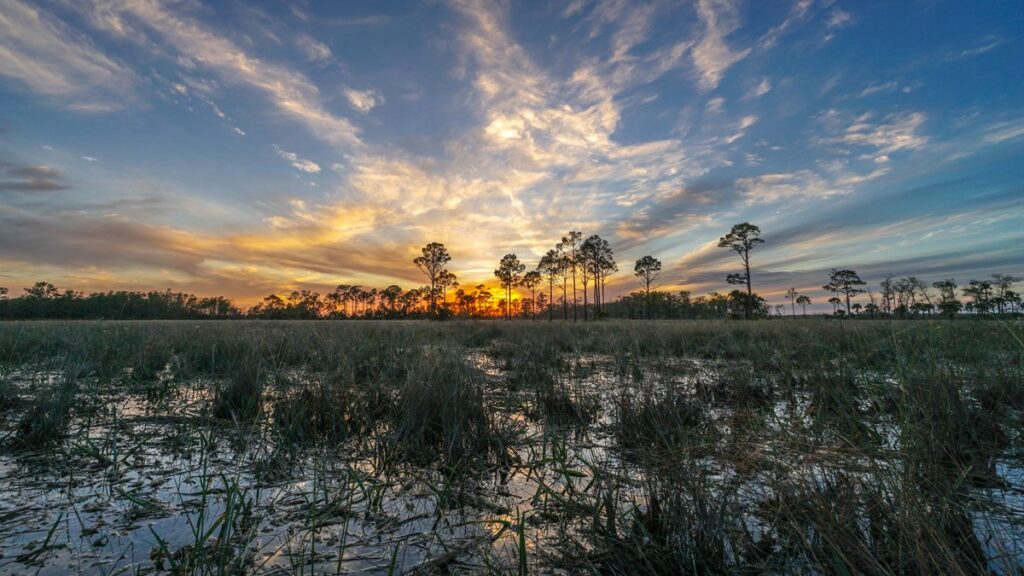Need some fresh air? Come visit Big Cypress National Preserve
Big Cypress National Preserve is located in South Florida, approximately 45 miles west of Miami, and measures nearly 720,000 acres. The preserve was one of the first national preserves established on October 11, 1974. Film producer Elam Stoltzfus featured the preserve in his 2008 PBS documentary.
In 1947 when the Everglades National Park was established, Big Cypress had originally been planned to be included. However, the plan was changed, as the land was still in possession of its private owners. As a result, Big Cypress was released from the park system.
According to the Platt Island archaeology, evidence shows that humans settled the preserve over two thousand years ago. When the Europeans initially arrived in the area, Calusa people had developed quite an extensive presence. Big Cypress has a history of having been occupied with a wide variety of Native American cultures, with the most recent that of the Seminole in the 19th Century. To this day, their descendants include both the Miccosukee Tribe of Indians of Florida, as well as the Seminole Tribe of Florida. Both tribes are federally recognized, as well.
In 1901, the rush to find oil in Florida began, but yield little to no success. In September 1943, Humble Oil Company (which we know as Exxon today) struck the first producing oil well. It was located in the northwest portion of what would become known as the Big Cypress National Preserve of today.
The preserve is known for being somewhat biologically diverse. The area is dominated primarily by a wet cypress forest. Although there are a few giant Cypress still in existence, as much as one-third of the swamp is currently covered with dwarf pond cypress. The area also plays host to a wide array of both flora and fauna, including such as mangroves, orchids, alligators, and venomous snakes. The endangered species of the eastern indigo snake and the sandhill crane call the preserve home as well.
The preserve also plays host to tourism, as it offers various designated areas for the parking of vehicles and off-road equipment for overnight stays within the park. During the winter months, the Big Cypress provide excellent hiking opportunities. However, to be honest, any time of year is excellent for hiking through the park.
If discovering and observing wildlife is on your list, Big Cypress is a perfect choice. It is suggested that before heading out on your hike, it is best to stop by the visitor center for up-to-date information on the current conditions of the local trails. If a guided event is more to your liking, Rangers offer a variety of options, including a swamp hike during the dryer months, along with canoe trips and educational boardwalk talks.
Hunting is also allowed, with seasons designated for archery, muzzleloading, and general firearms. Game species include white-tailed deer, turkey, and wild hogs. Any hunting is regulated and managed by the National Park Service and the Florida Fish and Wildlife Conservation Commission



